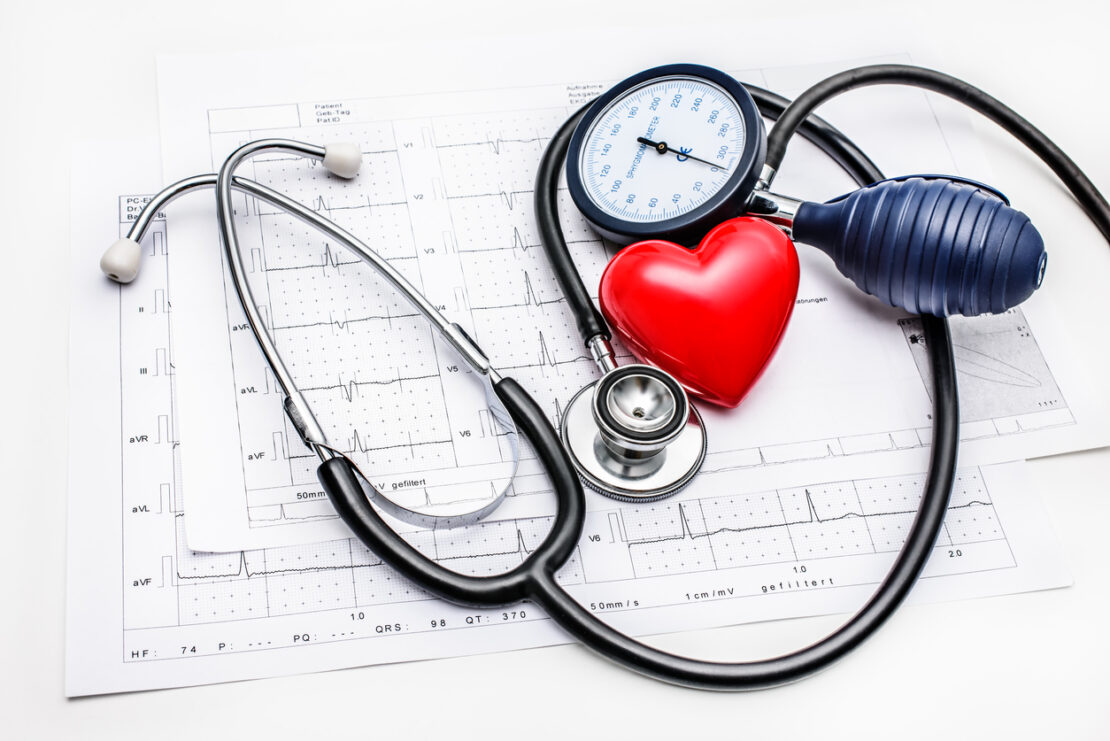When it comes to high blood pressure, sodium seems to get all the attention. Cutting out salt is likely the first advice your doctor will offer if your numbers are high.
Sodium raises your blood pressure by pulling water into your blood vessels. This raises your total blood volume which, in turn, increases your blood pressure. Reduce your sodium and you lower your blood pressure.[1]
But that’s easier said than done.
Many people struggle to stick to a low-sodium diet because everything ends up tasting so bland.
They may not know that there’s another side of the blood pressure equation. Most doctors don’t mention it. It’s potassium.
Sodium and potassium are the yin and yang of blood pressure. While sodium makes you retain water, potassium pulls water out. That lowers blood pressure.
It’s a process known as the sodium-potassium pump. When sodium moves out of a cell, potassium moves in. And vice versa.[2]
When you get more potassium, it actually flushes sodium out of your body.[3]
That means the key to healthy blood pressure isn’t low sodium, as you may have been told. It’s the balance between sodium and potassium that matters.
Why Caveman Had Healthy Blood Pressure
Thousands of years ago, when our caveman ancestors were hunter-gatherers, potassium was abundant. But sodium was scarce.
The Paleolithic diet delivered about 11,000 mg of potassium a day, but only about 700 mg of sodium. Our bodies evolved to operate at their peak when they get far more potassium than sodium.
But today, most of us get more sodium in our diets than potassium. The average American consumes between 2,500 and 7,500 mg of sodium a day. And we get only about 2,500 mg of potassium a day.[4]
The result? High blood pressure.
The USDA recommends a daily potassium intake of 4,700 mg. Fewer than 2% of Americans achieve that.[5]
So what’s the solution?
You can eat less salt—if you like bland food. Or you can increase your potassium levels. Many fruits and vegetables have high levels of the mineral.
Top 7 Foods High in Potassium
Seven great sources of potassium are:
- Avocado. One avocado has about 975 mg of potassium.[6]
- Tomato sauce. One cup has 728 mg.
- Watermelon. Two medium-sized wedges have 641 mg.
- Winter squash. One cup of butternut squash gives you 582 mg.
- Sweet potatoes. One sweet potato has 542 mg.
- Spinach. A cup of frozen spinach has 540 mg.
- Beets. One cup gives you 518 mg.
You’re probably wondering why we haven’t mentioned bananas. They are perhaps the food best known for being high in potassium. A medium-sized banana has 422 mg of potassium. That’s significantly less than the foods above.
One more thing…
You may also wonder why we don’t recommend supplements.
It’s because potassium supplementation can be tricky. If you take too much, it can trigger heart rhythm problems.
For this reason, the FDA limits potassium supplements to only 100 mg per pill. You would have to take 47 pills to get the recommended amount.
It’s best to stick to foods to get the potassium you need for healthy blood pressure readings.
Editor’s Note: Research shows the standard heart disease treatments—stents and statin drugs—don’t prevent heart attacks. Discover what does by reading our monthly journal Independent Healing. It’s your best source for reliable, unbiased health information. For more information, go HERE.
Related Articles
Chocolate Lowers Heart Disease Risk, Study Finds
The Fruit that Works Better than Statins
More Americans than Ever Take Statins…and the Heart Disease Epidemic Keeps Growing
[1] http://www.bloodpressureuk.org/microsites/salt/Home/Whypotassiumhelps
[2] http://hyperphysics.phy-astr.gsu.edu/hbase/Biology/nakpump.html
[3] https://www.health.harvard.edu/newsletter_article/Potassium_and_sodium_out_of_balance
[4] https://www.health.harvard.edu/newsletter_article/Potassium_and_sodium_out_of_balance
[5] https://www.ars.usda.gov/ARSUserFiles/80400530/pdf/DBrief/10_potassium_intake_0910.pdf
[6] https://www.prevention.com/eatclean/13-foods-that-have-more-potassium-than-a-banana/slide/4

